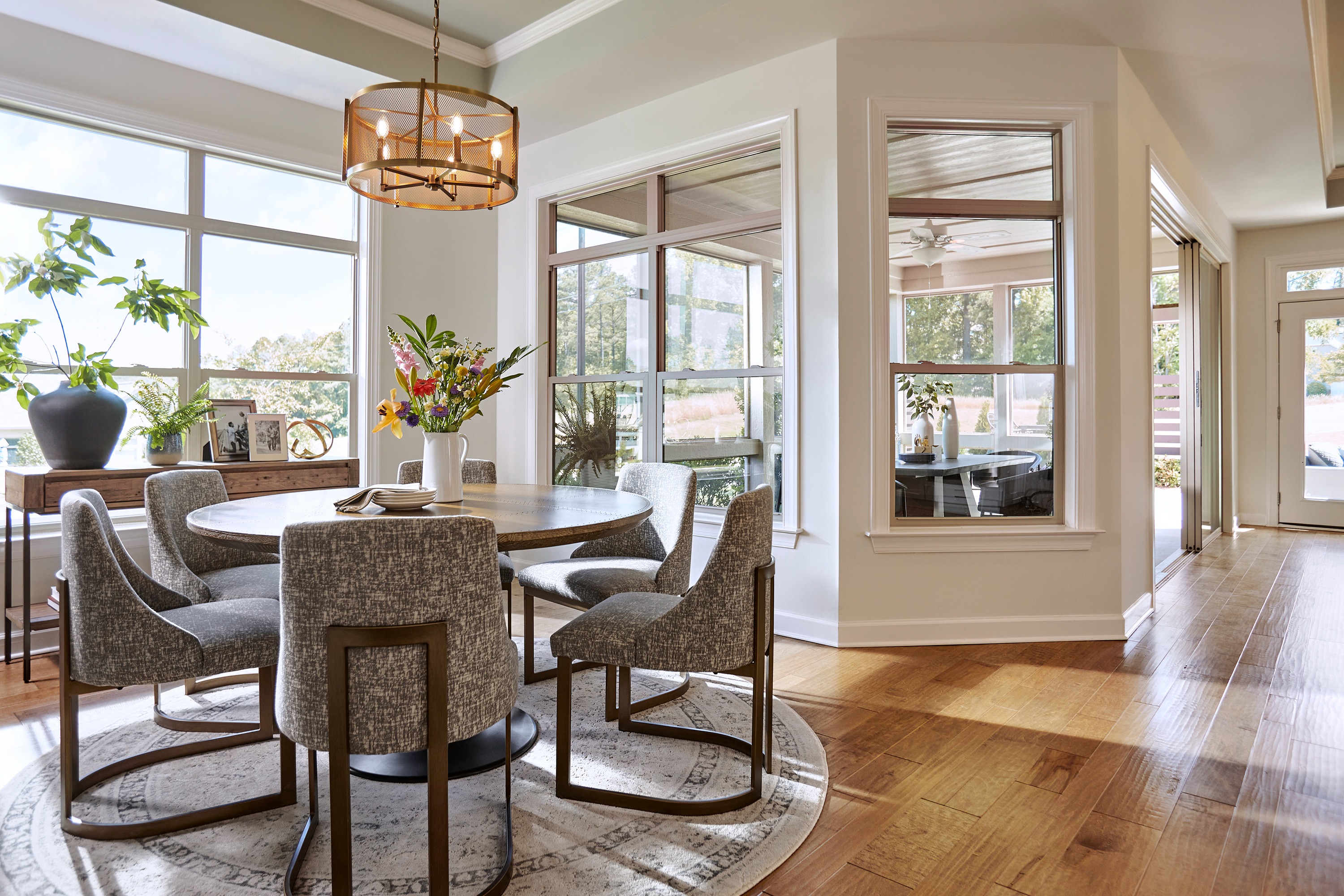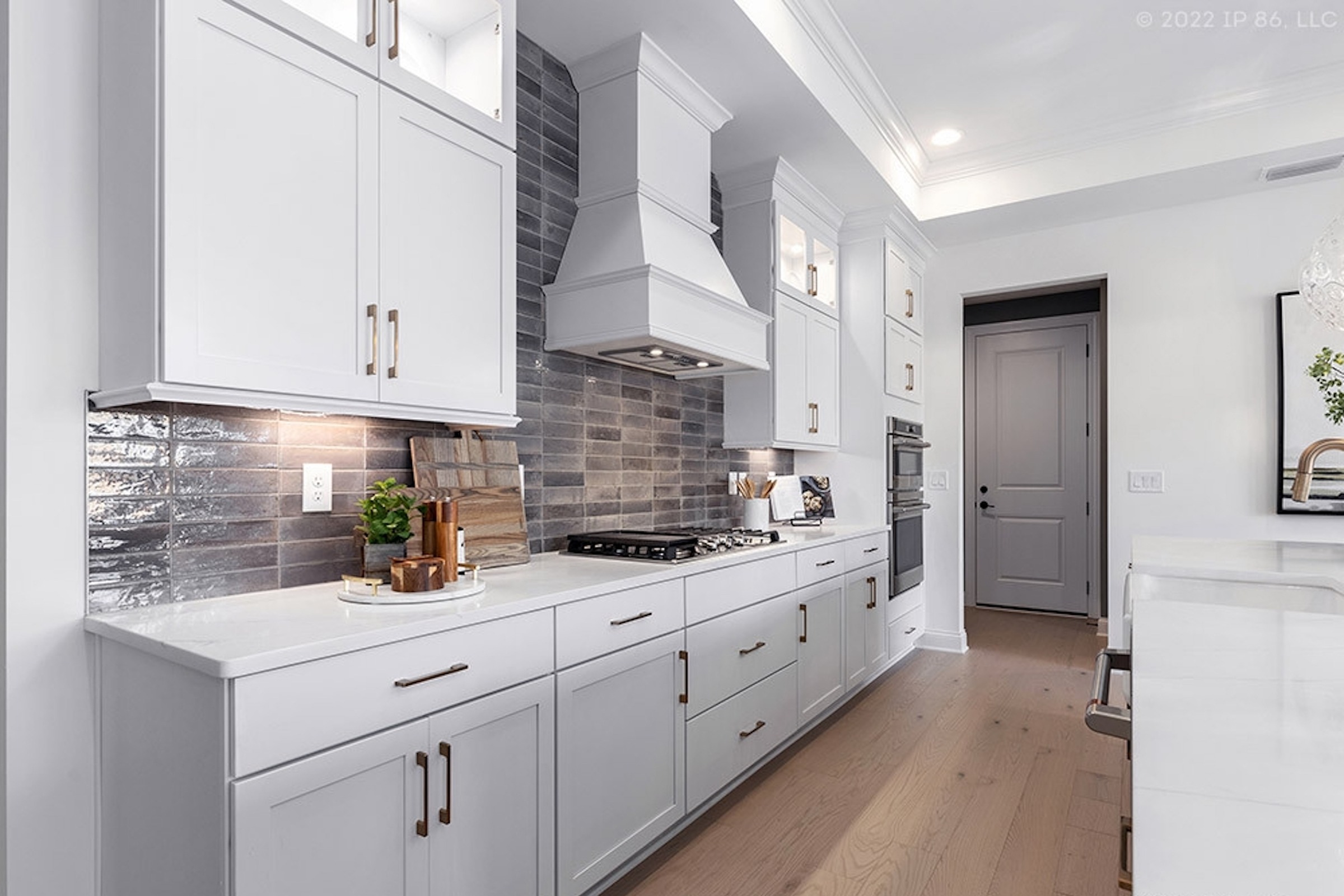Universal Design in Home Building

Universal design in home building is beneficial to anyone who appreciates the advantages of accessibility and ease of movement in their home. With millions of people retiring each year, universal design is increasingly important because it can allow homeowners to stay in their homes through retirement, often referred to as aging in place.
What is Universal Design?
Speaking generally, universal design is the design of products and environments to be usable by the broadest possible audience.
According to a publication titled Universal Design In Housing by the Center for Universal Design at NCU, “Universal design is the design of products and environments to be usable by all people, to the greatest extent possible, without the need for adaptation or specialized design.”
Universal Design in Home Building
Universal design in home building has become a popular idea over the years and is being incorporated into some new homes, mostly in 55+ communities. The idea of building a home that can accommodate aging in place makes sense to most people regardless of age. However, universal design is not just for the elderly or permanently disabled and has many features that make a home more livable for people of any age, including young children. If well designed and implemented, universal design can be beautiful as well as functional.
Common Design Considerations
Single-level homes make it easier to incorporate universal design benefits such as minimal, or no stairs for easy movement between indoor and outdoor spaces. If you are considering incorporating universal design into your new home, avoid split-level, multi-story homes and raised entrances if possible.
- Minimize Stairs: Eliminating or minimizing stairs makes a home more accessible, safer and easier to navigate for everyone including older adults and young children as well as pets. It also means you won’t have to carry heavy items such as suitcases, vacuum cleaners or furniture up and down stairs or worry about navigating stairs in the middle of the night to get something from the kitchen.
- Maximize Natural Lighting: Incorporate biophilic design to bring the outdoors in and add the benefits of more natural lighting in your home. This is especially important for anyone that has difficulty traveling outside their home. Open-concept designs allow more light into the interior of the home as the main living area is not divided by walls.
- Wide Doorways and Hallways: Doorways and hallways that are wide enough to easily navigate with a wheelchair make a home suitable for aging in place or for anyone confined to a wheelchair. Single-level open concept homes are ideal for ease of movement and access throughout the home as well as between inside and outside areas.
- Lever Door Handles: Lever-style door handles and sink faucets are much easier to operate than knobs and round handles. This becomes more important as you age but is beneficial to people of all ages.
- Curbless Shower Entry: Walk-in showers and tubs are ideal for aging in place and are generally safer for everyone as there is less likelihood of tripping, which can be dangerous in a bathroom with so many hard surfaces. Large walk-in showers with a rain shower in the center and traditional shower at one end with a seat, or space for one, offer the greatest accessibility for everyone.
There are many more useful aspects of universal design in homebuilding that can be incorporated into a new home if desired. Talk to your builder or contractor about what universal design options they offer.
Benefits of Aging in Place
According to a recent study by AARP, 77% of adults 50-years old and older would prefer to age in place. However, many of them know they will not be able to stay in their homes for various reasons.
Some benefits of aging in place:
- Living in a familiar environment close to family, friends and pets is more comfortable and can help slow the advancement of memory loss
- Feeling of independence and empowerment helps maintain dignity
- Less expensive alternative than assisted living
- Staying socially engaged in their community activities helps prevent loneliness
While it is becoming more popular, the majority of homes built in most neighborhoods in the U.S. do not incorporate universal design. Narrow hallways and doorways and interior and exterior stairs make it challenging or impossible to navigate in a wheelchair. Just getting outside could be cumbersome and even dangerous. If you own a typical home, you would have to invest in expensive remodeling to stay in your home through retirement or buy a new home that is designed for aging in place.
Epcon Communities
Epcon Communities has long offered elements of universal design in home building with our luxury single-level homes. With your future in mind, we can incorporate wide doorways and hallways, and minimal stairs between inside and outside areas in our homes. Also, our floorplans use open concept design with fewer walls and large windows to allow more natural light in the home and many come with an option for a walk-in shower.
If buying a new home with some of the most important universal design elements built in is important to you, contact us to learn more about where we build. Come visit one of our communities to see the modern, luxurious style and amenities of our homes and communities and learn about the low-maintenance lifestyle we offer.

